Into the Mountain! A Quest for Hot Springs via Kumano’s Torokko Train!
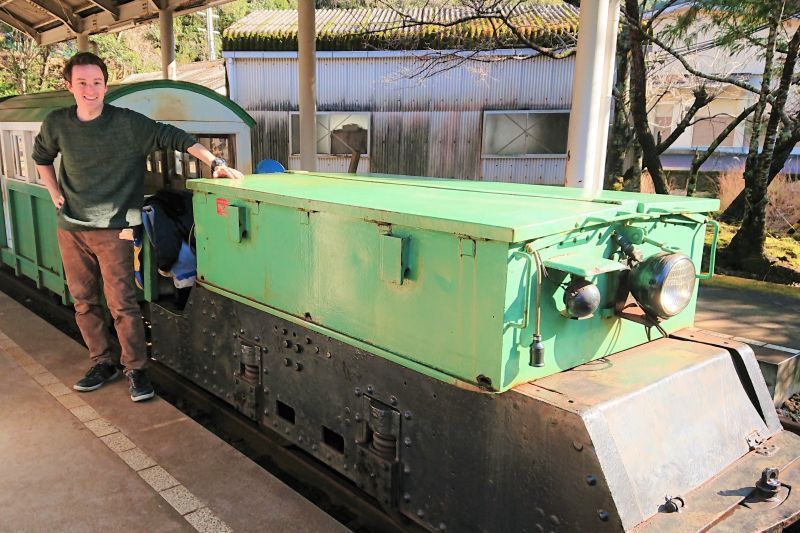
The quiet mountain town of Kumano City is most famous for the Kumano Kodo, an ancient pilgrimage trail that leads to various shrines in Mie and Wakayama prefectures. Completing the pilgrimage is nothing short of a spiritual quest. But Kumano City actually has plenty of other sightseeing gems to offer an adventurous traveler.
-Author's Introduction
My otaku side brought me to Nagoya, Japan in 2012, but I stayed for the food, countryside towns, and gorgeous mountain scenery. I was born and raised on the east coast of the US, but I dare say I never grew up. I never shut up about Japan.
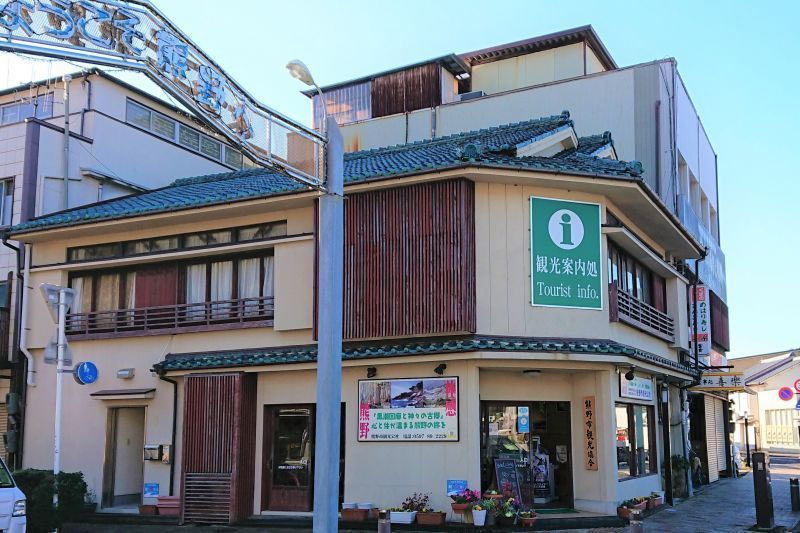
Caption: A responsible traveler like you will definitely be heading into the Kumano City Tourist Information Center, located right across from Kumano Station.
When I first pulled into town, I was a little iffy about how to spend my day, but straight ahead of me was the tourist information center. I told them I was interested in the torokko train and then just shrugged as hard as possible. They complimented my broken Japanese and hyperbolic gestures, and then comfortably conversed with me in English and offered me tons of information. Loading me up with maps, brochures about sights to see in the area, train and bus timetables... They pretty much planned my whole day around what I wanted to do! Since I had some time to see other sights than just the train, and the bus for it wasn’t coming for a while, they recommended going to a nearby rock formation called “Ogre’s Castle”, cycling through scenic rice terraces, or even bouldering.
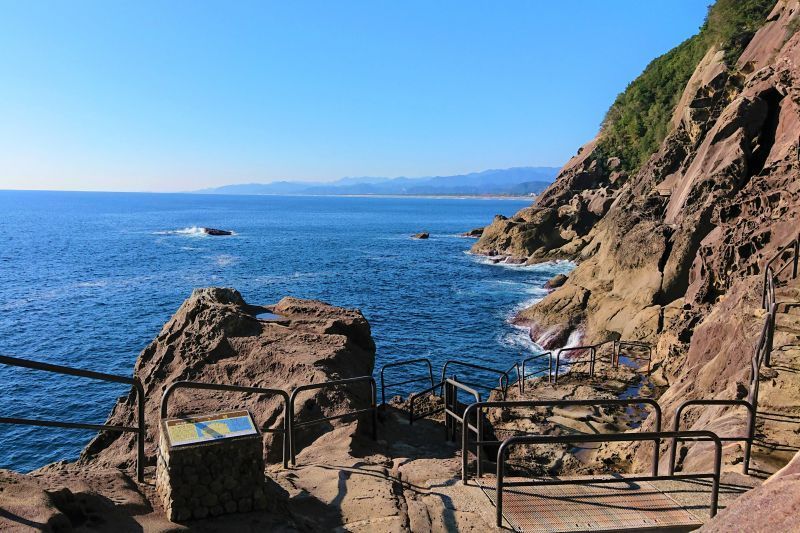
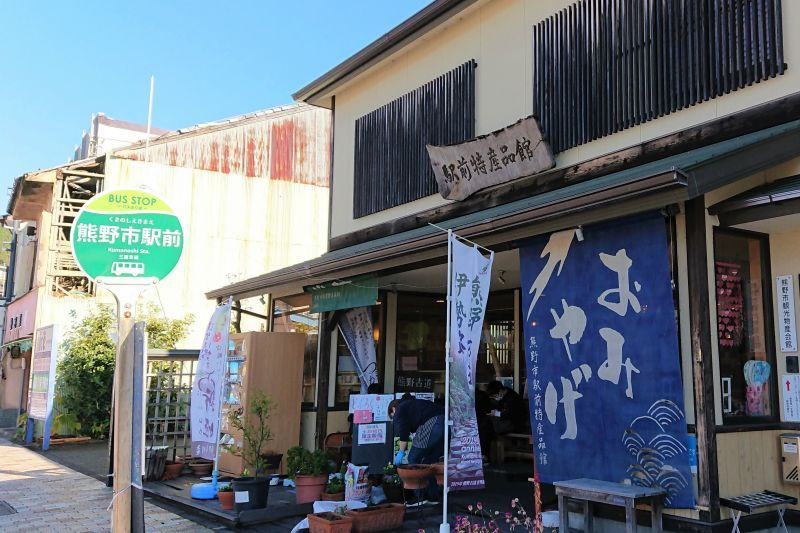
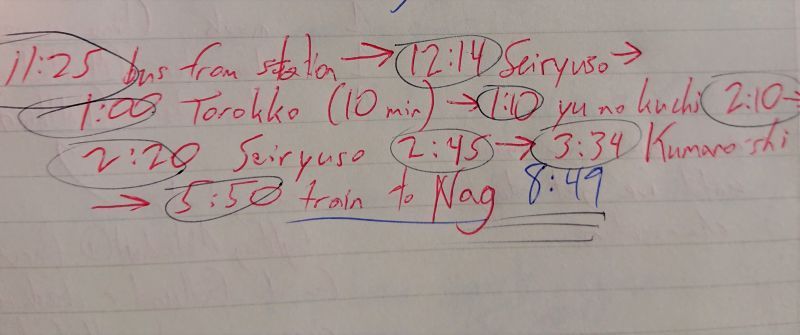
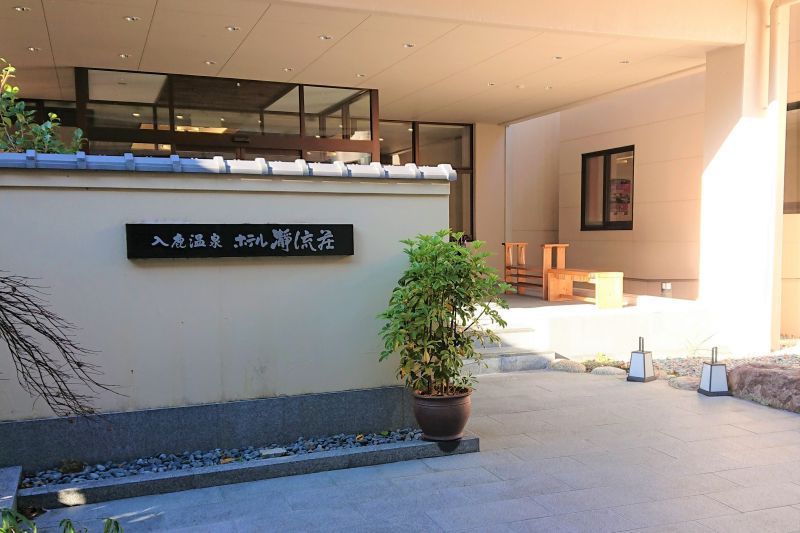
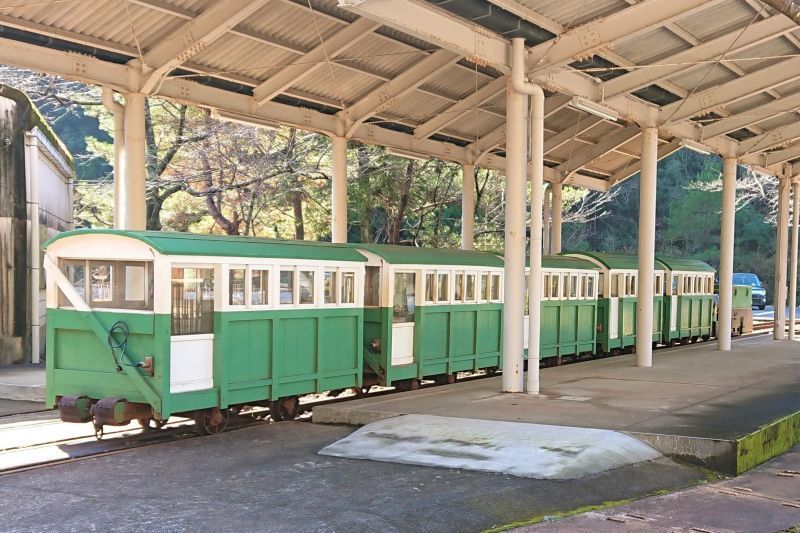
Caption: There she is, in all her glory.
Wait, you don’t even know what a torokko train is? More or less, it’s a motorized train of small carts that travel along old mine cart rails. I didn’t see any signs of any mining still going on around here, but the tunnels aren’t going anywhere, so they’re making the most of them.
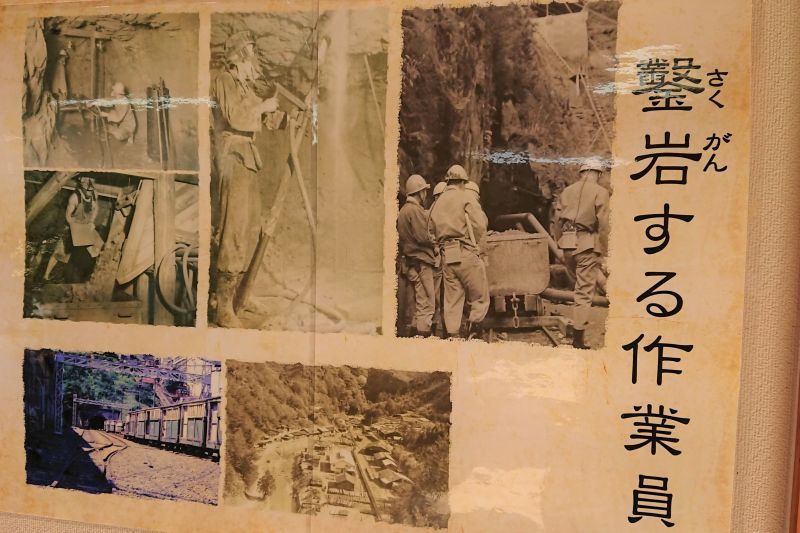
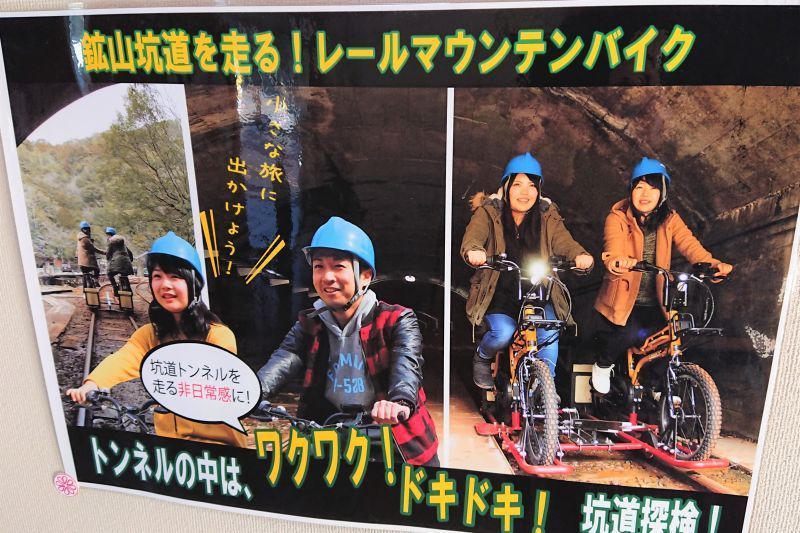
Caption: Rail bikes?! It says riding through the tunnels is heart-pounding. Yeah, I bet.
The gentlemen manning the station were real characters. They asked me a lot about where I was from, what brought me out to Kumano, etc. And they joked with me a lot. That’s part of the charm of coming out to the countryside. People aren’t as terrified of talking to strangers as they are in big cities.
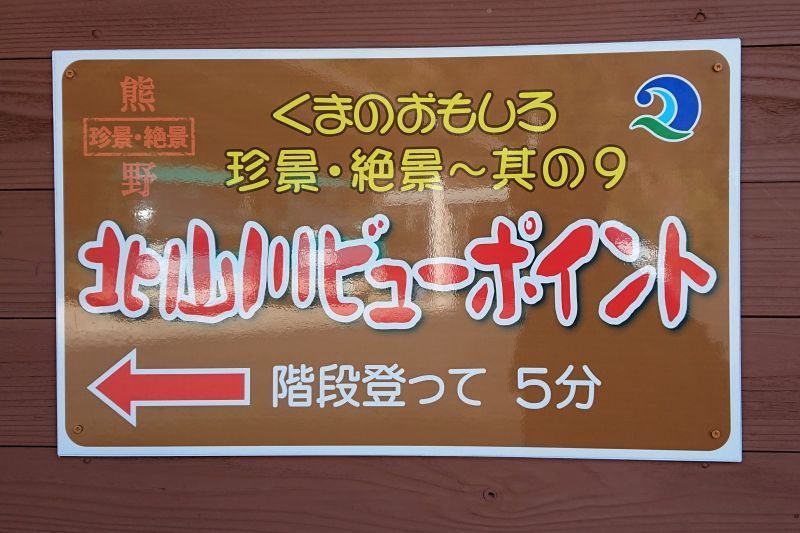
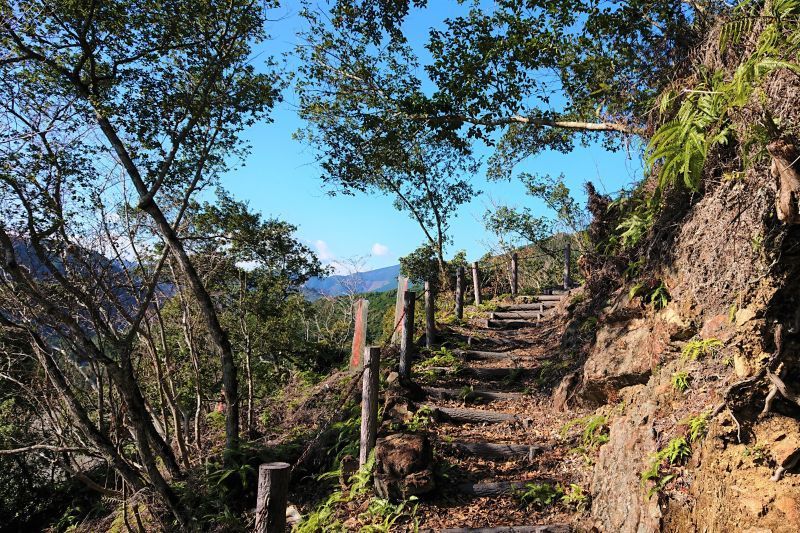
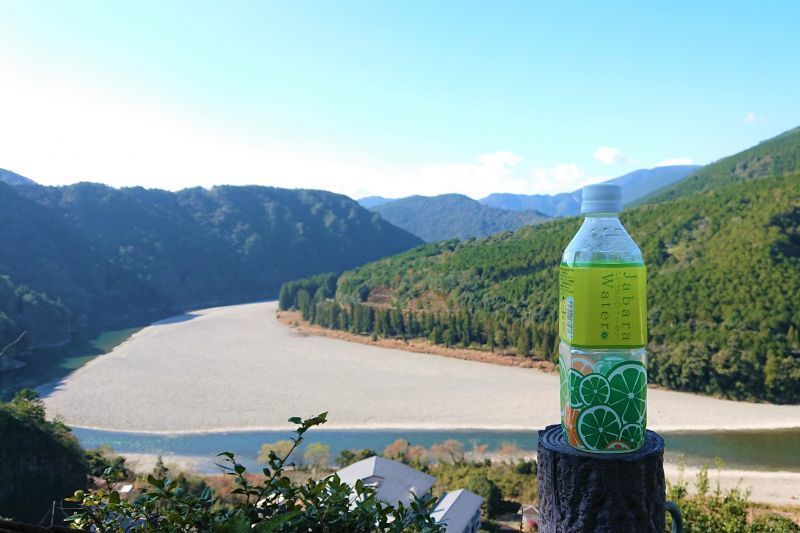
Caption: Jabara Water! That ain’t no lime. It’s Jabara! The jabara fruit is a type of yuzu hybrid with a distinctly different taste that originated in nearby Wakayama. Pick up one of these at the souvenir shop near the tourist info center!
It was one really long staircase all the way up, but the views were so worth it. Japan is a small country, but this was one of those places that just makes it look like the mountains go on forever.
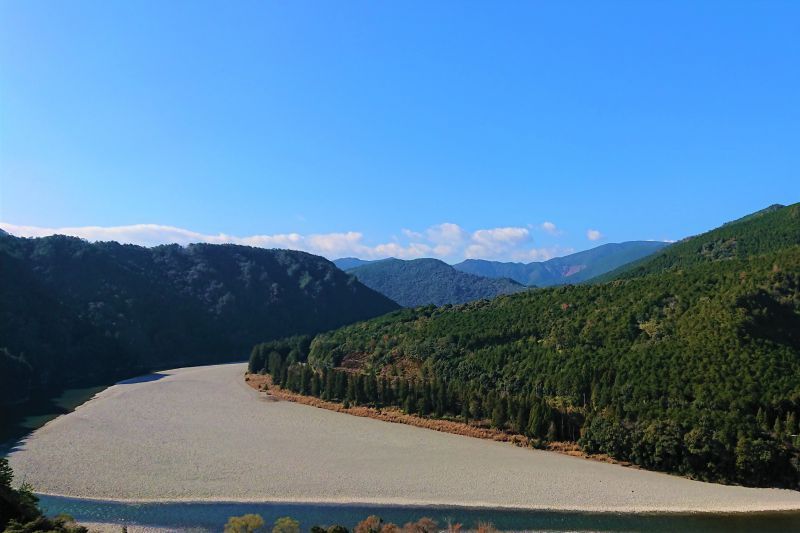
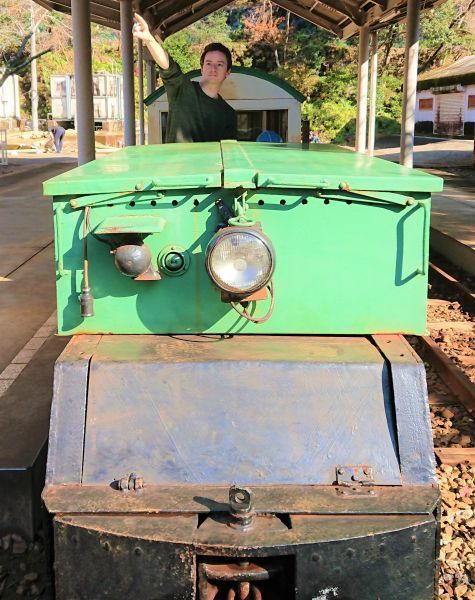
Caption: Forward ho! Into the mines!
Would you be surprised to hear it got dark real quick? The train was quite slow, but it went straight through the mountain, getting quite dark aside from the dim lights in the wooden cars. Kids would love this, but maybe let them sit in another car so they can scream to their heart’s content.
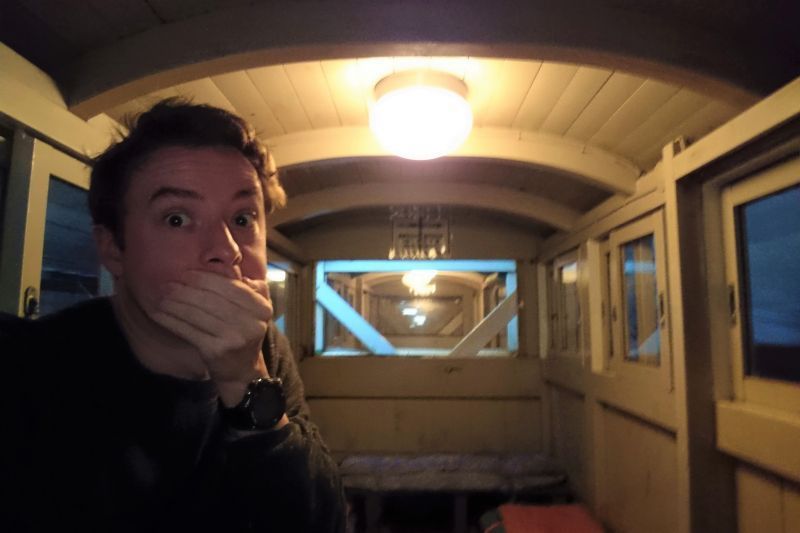
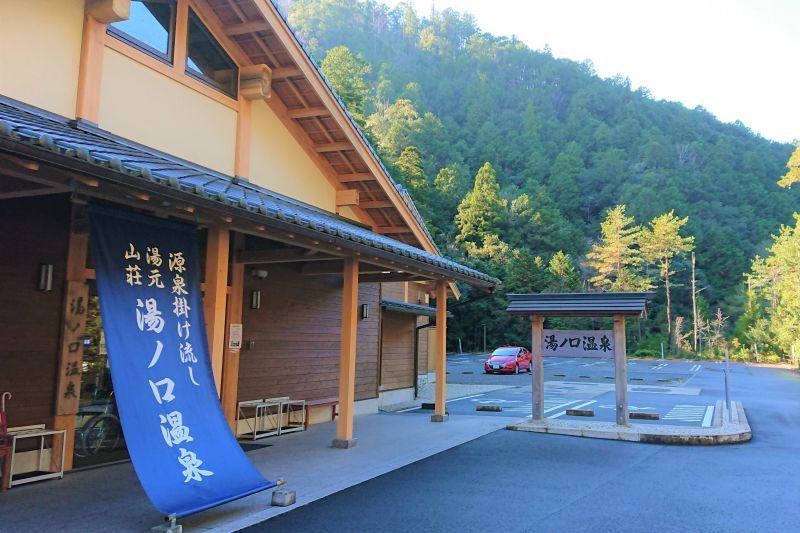
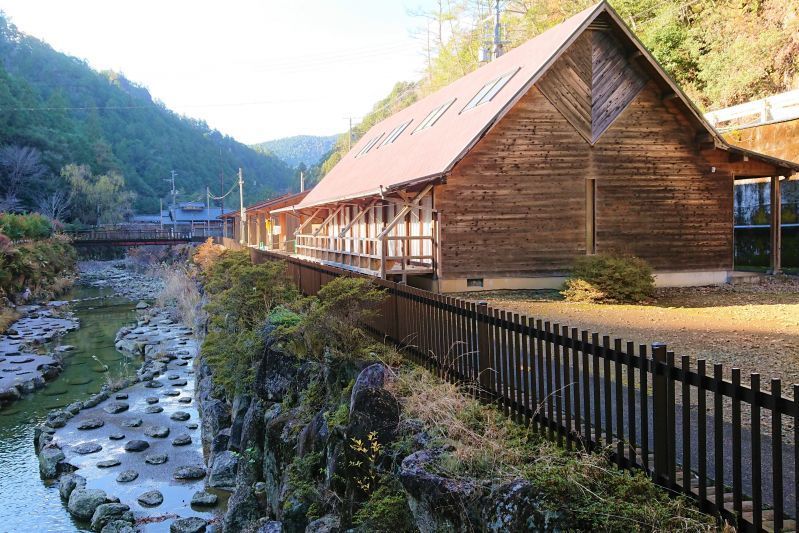
I’ve never been a die-hard hot spring enthusiast like some folks, but resting my old bones in some warm water sounded like a great idea at this point. Everything inside was really nice. The baths were entirely stone and wood. Inside was a pretty standard bath with huge windows looking out into the outdoor baths, arranged very much like a serene, Japanese garden. Past that, you could gaze into forest.
They had “standing hot springs” which were deeper, and “sleeping hot springs”. There was also another large bath outside, all with trickling steams of steamy water on beautiful, natural stone. It feels really nice, but don’t stand up too fast. Now that I was clean and relaxed, I went back out to the lobby to enjoy a cool drink.
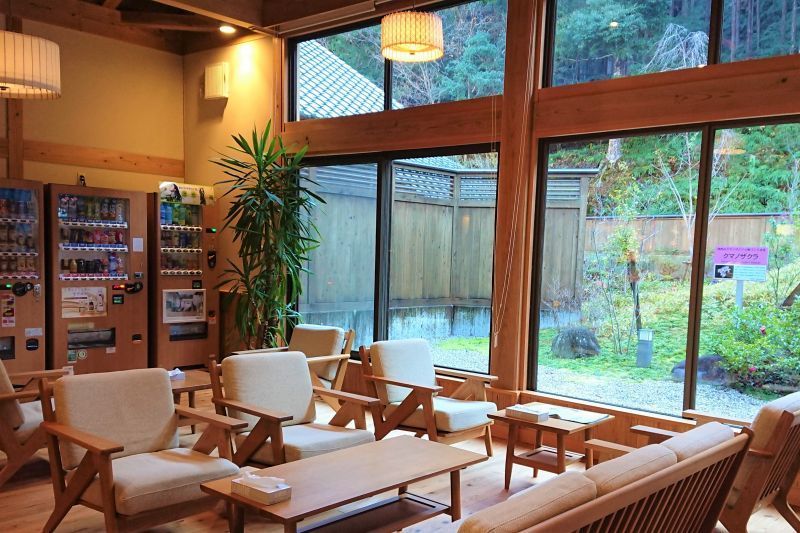
Caption: It was the perfect time to enjoy a cold beer.
I took the ol’ mine-cart back to Seiryuso to check out one more thing before heading out of Kumano. Something not to be missed on a journey as grand and multifaceted as this.
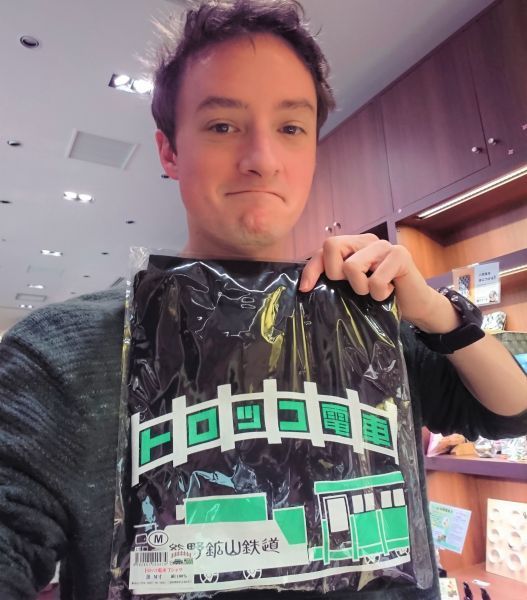
Caption: Souvenirs! Next to the lobby inside Hotel Seiryuso is a gift shop that has all kinds of quirky things from the area.
I had a blast on this one day experience in Kumano City, but there was so much more to see and do that I know I’ll have to head back again in the near future. Taking an electric bike through the mountainside rice terraces sounded particularly amazing.
To get to Kumano City by car takes around two and a half hours from Nagoya, and three from Osaka. From Nagoya by express train takes 3 hours, or 4 hours by highway express bus. So really, your best bet is to do all kinds of great stuff in Mie Prefecture for a few days!
Torokko Train
〒519-5416 Kumano-shi, Kiwa-cho, Yu no Kuchi 10
<Access>
- Bus (to Kumano City)
Tokyo (Ikebukoro Station East Exit) takes about 9.5 hours
About 4 hours from Nagoya
- Train
From Tokyo to Nagoya Station by Shinkansen takes less than 2 hours
From Nagoya to Kumanoshi Station by Limited Express (Wide View Nanki) is about 3 hours
From Osaka, go to Matsusaka Station and take the Limited Express (Wide View Nanki) to Kumanoshi Station, which takes about 2 hours
From JR Kumanoshi Station it takes 35 minutes by car, or 50 minutes by bus, to get to Seiryuso
Business Hours
8:50am-5:10pm
<URL>
Seiryuso’s Site
http://www.ztv.ne.jp/irukaspa/
Kumano City Tourism Association
https://www.kumano-kankou.info/
Yu no Kuchi Hot Springs
https://www.ztv.ne.jp/irukaspa/yunokuchi.html